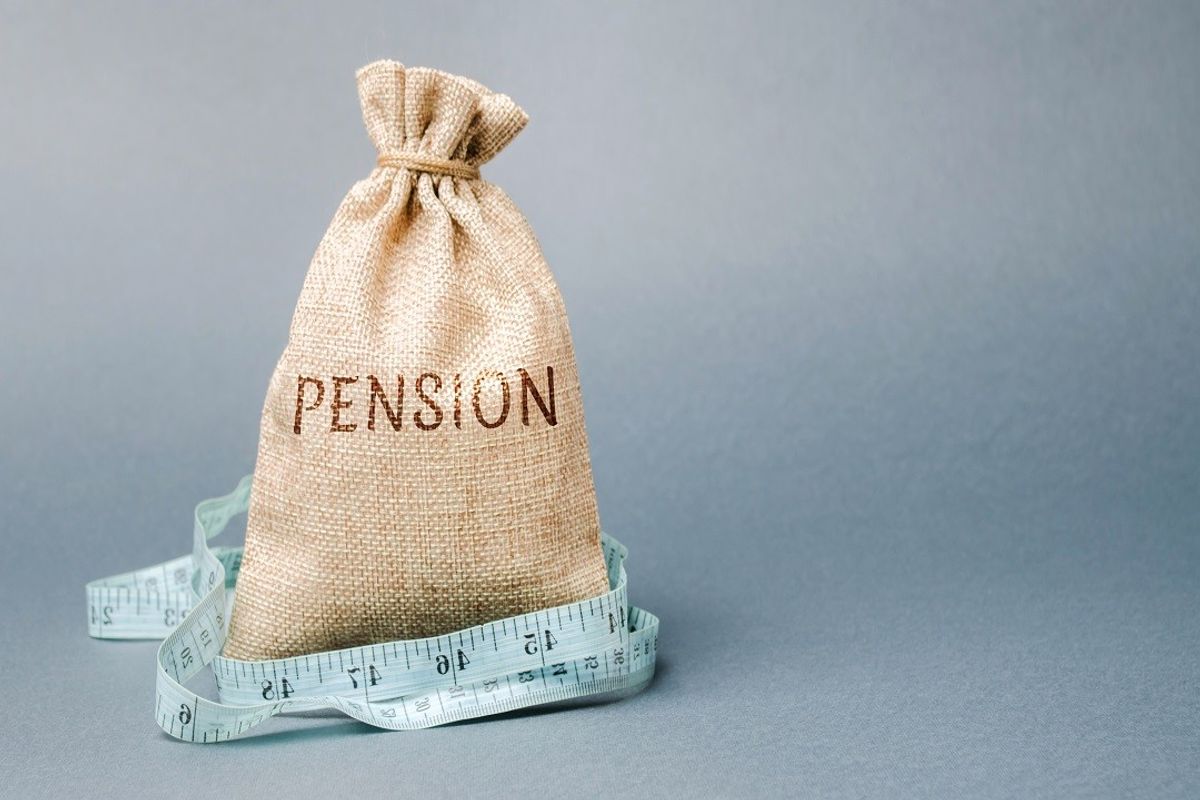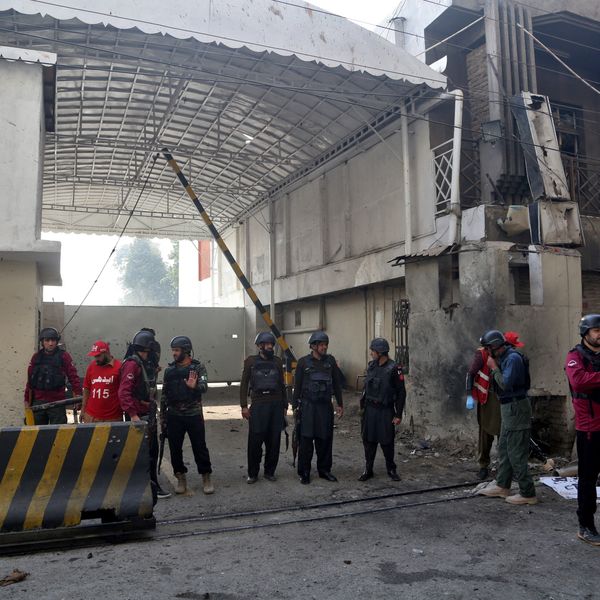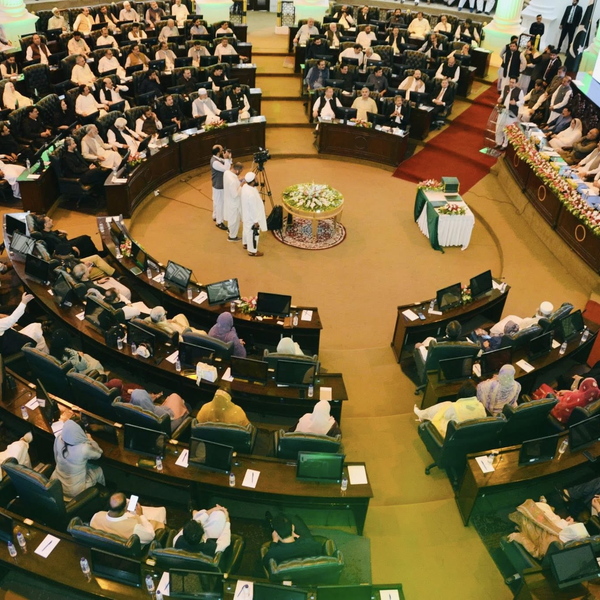Pakistan’s pension costs soar 17% annually, outpacing revenue growth
Ad hoc increases, unchecked liabilities risk long-term burden
Business Desk
The Business Desk tracks economic trends, market movements, and business developments, offering analysis of both local and global financial news.

Pakistan’s pension bill has increased at a compound annual growth rate (CAGR) of 17.3%, rising from PKR 333 billion ($1.2 billion) in fiscal year 2014 to PKR 1.649 trillion in fiscal year 2024. In comparison, tax revenue grew at a CAGR of 14.7%, while non-interest expenditure increased by 12.4%.
According to a semiannual report by the State Bank of Pakistan, the pension bill is now two to three times higher than consolidated federal and provincial spending on education, health and social protection. If these trends continue, they could pose significant challenges to fiscal sustainability.
In the 2000s, provincial governments established pension funds to mitigate future risks. However, these funds have proven insufficient to cover sharply rising payouts, particularly in recent years.
For example, in fiscal 2003, Khyber Pakhtunkhwa’s (KP) pension fund was nearly three times its annual pension bill. By fiscal 2025, liabilities have grown to more than four times the fund’s size.
Over the last three years, federal and provincial governments have made several changes to the pension system. They have replaced the old fixed pension plan with a new model where both new employees and the government contribute to pension funds.
Minimum retirement ages have been set in Khyber Pakhtunkhwa (KP), and pensions have been reduced for early retirees in Sindh and at the federal level. People can no longer receive multiple pensions at the same time, as the new rule limits individuals to just one.
Family pension rules have become stricter, with tighter eligibility requirements and time restrictions. Pension calculations are now based on the average salary of the last 24 months rather than just the final month's pay.
Additionally, future federal pension increases will now be tied to a fixed base amount. Let me know if you'd like me to make any further changes.
Despite these reforms, key issues remain. Pakistan’s pension adjustments are ad hoc, rather than indexed to inflation, wage growth, or GDP—a common international practice.
According to report, this leads to higher nominal pension costs (often exceeding inflation), and difficulty in forecasting future liabilities and designing mitigation strategies.
Indexing pensions could help stabilize replacement rates and reduce fiscal strain. Additionally, medical allowances and other ad hoc benefits should be reconsidered.
SBP maintains that current rules apply pension increases retroactively, compounding costs. For example, a 15% increase in fiscal 2023 applied to existing and future retirees, expanding the pension base.
This creates a double jeopardy effect: Pay scale revisions raise salaries (and future pension calculations); and retroactive increments further inflate payouts.
Allowing previous pension increases to carry forward creates a challenge for policymakers. Since the basic pay scale—an essential part of salaries—is regularly updated to keep wages in line with inflation, it raises government spending and expands the amount used to calculate pensions.
When pension increases are applied to this growing base, they have a multiplying effect on government pension payments.
Government Contribution to Pensions
In the new pension system, the federal government contributes 20% of an employee’s basic pay, which is twice what employees contribute. The Punjab government contributes 12%, slightly more than the employees' 10% share.
Looking at other countries, governments tend to contribute more, but the difference isn’t as large. For example:
- In the Maldives, both employees and the government contribute 7%.
- In India, employees contribute 10%, while the government contributes 14%.
- In Sri Lanka, employees pay 8%, and employers contribute 12%.
Since Pakistan’s new pension system applies only to newly hired employees, government costs may rise in the short to medium term. This is because the government must both contribute to new employees’ pensions and continue paying pensions for existing employees and retirees under the older system.










Comments
See what people are discussing